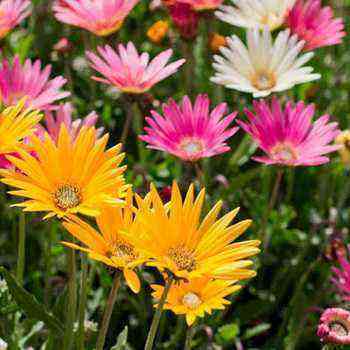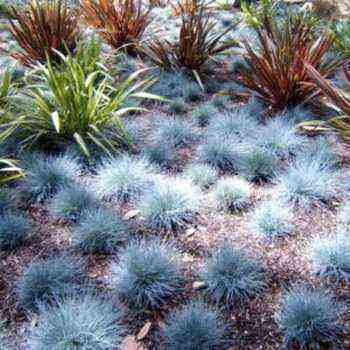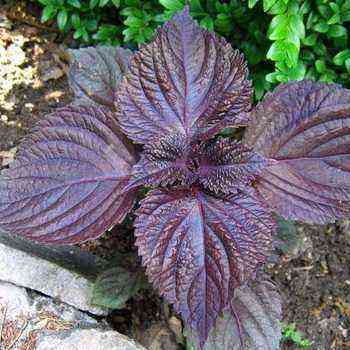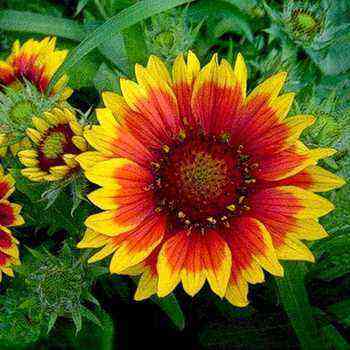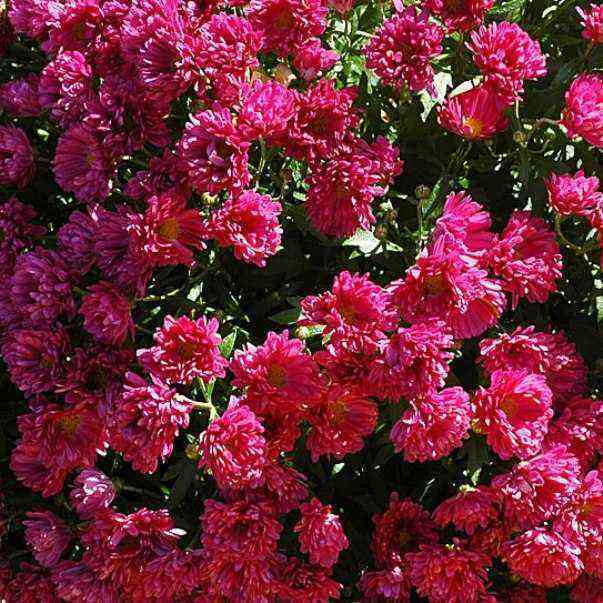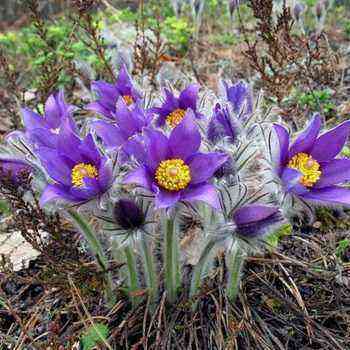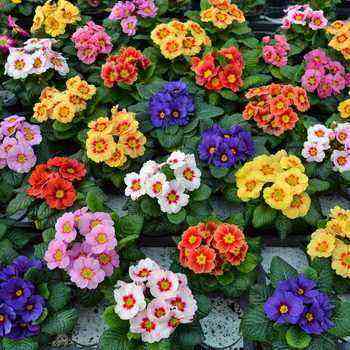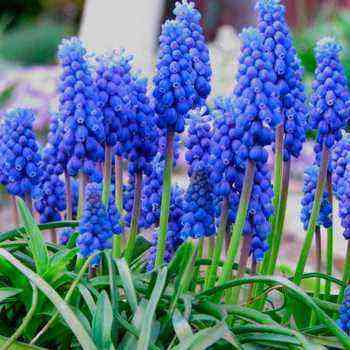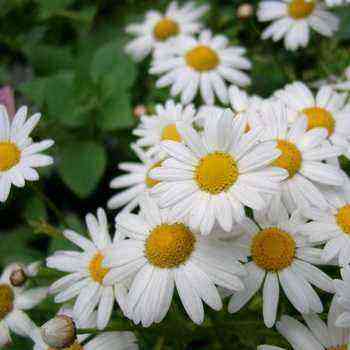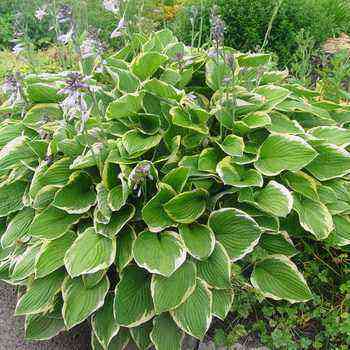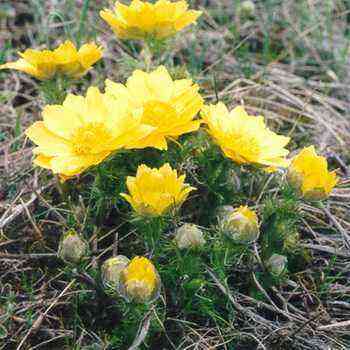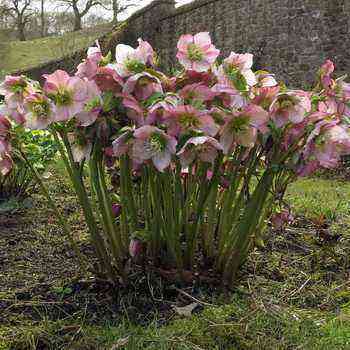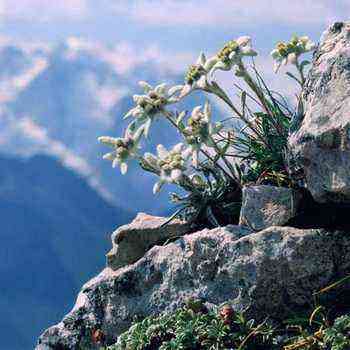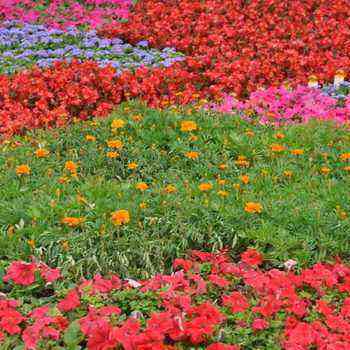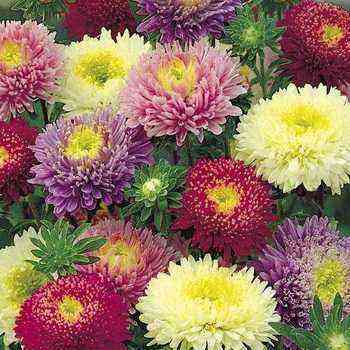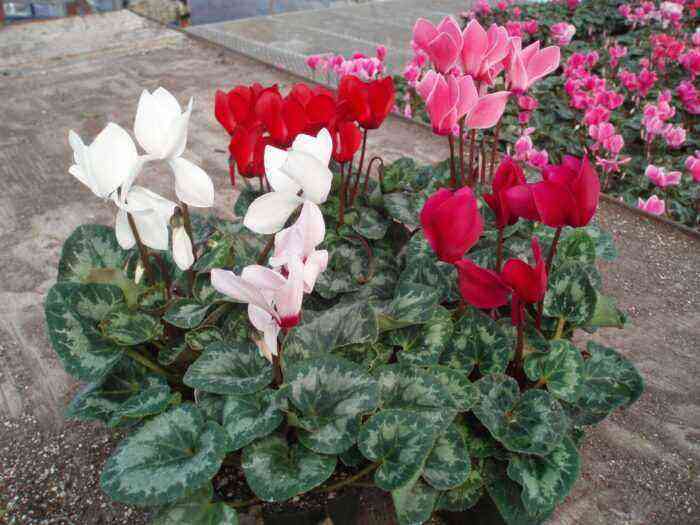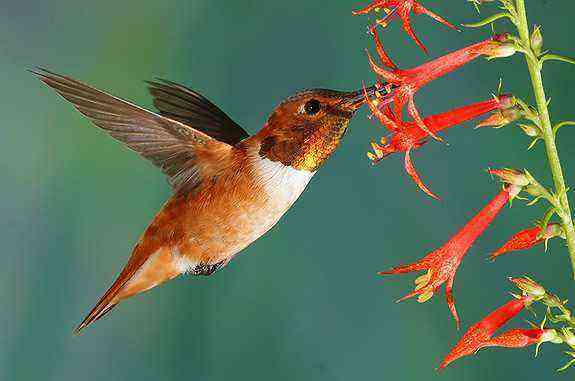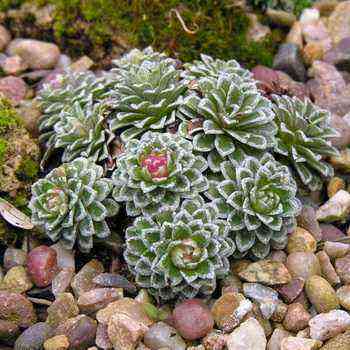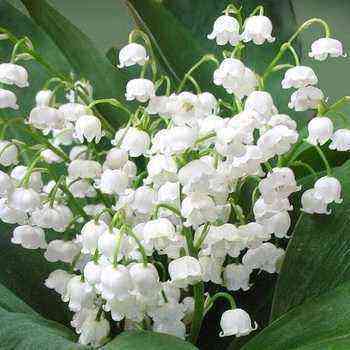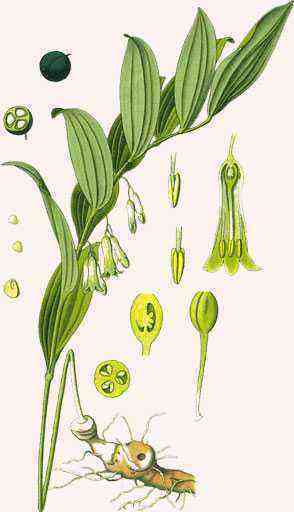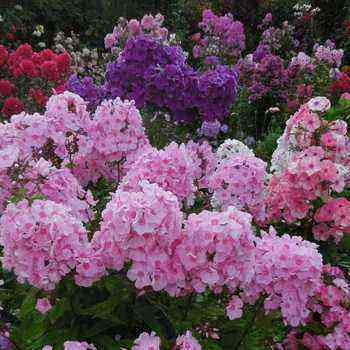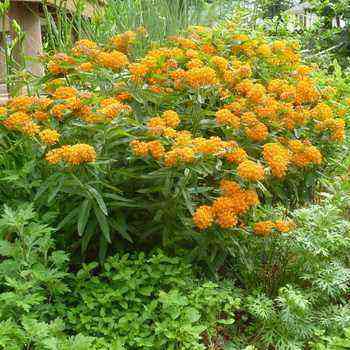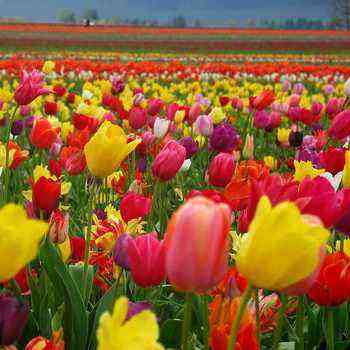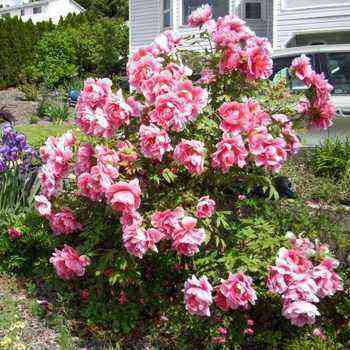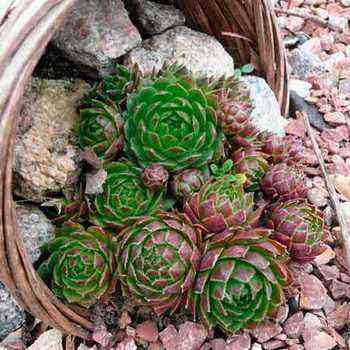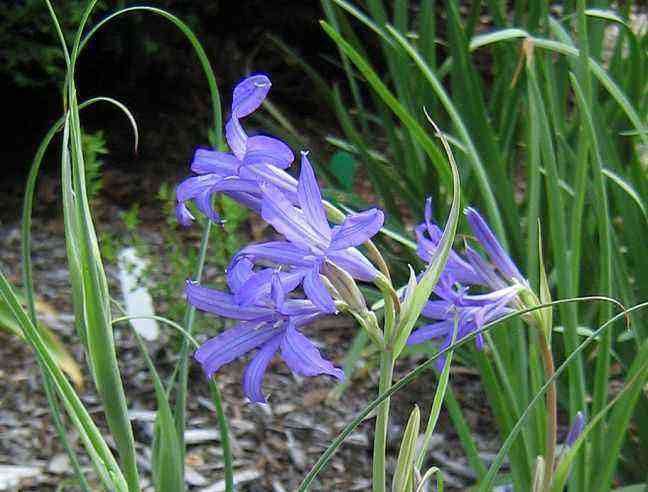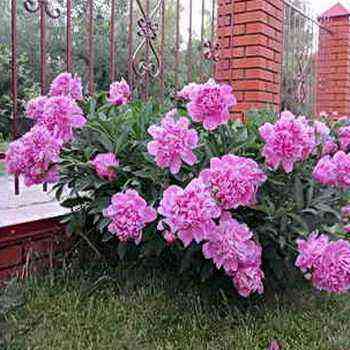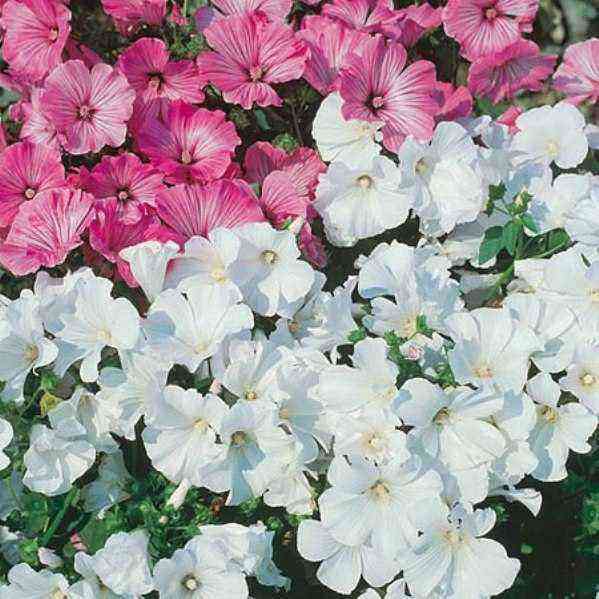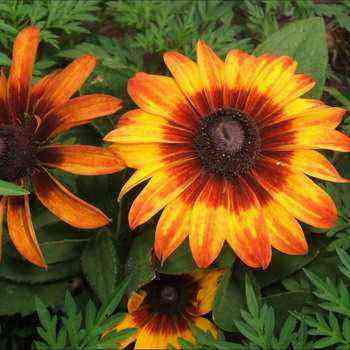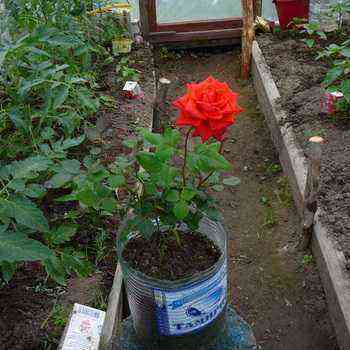
As a rule, summer cottage perennial flowers are not capricious and do not require special growing conditions. You will learn about planting and caring for perennial flowers, as well as preparing perennials for winter on this page.
Planting flowering perennial flowers for the garden
Country perennial flowers live a long time, delight with their greenery soon after the snow melts, bloom earlier, and they are usually quite frost-resistant. Caring for perennials is generally easier than caring for annuals. Often, perennial flowers for the garden have repeated flowering, and this is another additional plus of these plants. As a rule, planting of perennial flowers is done by seedlings.
Along with flowering perennials for the garden, there are many plants with nondescript flowers, but decorative leaves, they are irreplaceable for drawing up flower arrangements.
Also, planting of perennial flowers is done by seeds, or you can purchase rhizomes or an already adult plant in a container. A fairly common option is to take the plant you like from the neighbors in the form of a part of the rhizome with shoots. If you buy an adult plant, be guided by its appearance: it should not look withered, it is better to plant the purchased plant in the near future. In addition, decorative perennials for summer cottages in containers should be grown in the same container, so signs of a recent transplant should not be visible. Dried and diseased stems should not be. As for the packed rhizomes, they should not be overdried, and the peat in the package should be moist. It is great if there are small sprouts. Before planting, rhizomes need to be dug into a box with earth (but not planted).
If you want to grow beautiful perennial flowers for your garden yourself, never sow seeds directly into the soil. Only the seedling method is suitable for perennials. Plants of this kind are under great “pressure” from the environment; in the open field, they may not grow.
What perennials to plant in the country (table)
Below is the table “What perennials to plant in the country”, having studied which, you can choose suitable plants for your site.
Table “What perennials to plant in the country”:
Plants | When to land | What to plant | Growing conditions |
| Nivianik | After May 15th or end of July – beginning of August | Seedlings | Sunny place, any but loose soil |
| Pyrethrum | After May 15th or end of July – beginning of August | Seedlings | When planted in spring, it blooms the next year. Sunny place, any but loose soil |
| Gypsophila | Late April – early May | Rhizome | Loves dry soils, a sunny place |
| Phlox (species) | After May 15 | Seedlings | Sunny place or partial shade, loamy, nutritious soil. Loves frequent watering |
| Hosts | In the beginning of May | Rhizome | Any place, any soil, better shade or partial shade, except for the bright sun |
| Astilba | In the beginning of May | Rhizome | Shade or partial shade, loose, nutritious soil |
| Delphinium | Early May or mid-August | Rhizome | Sunny place, nutritious soil |
| Lupine | Early May or mid-August | Rhizome | Sunny place, nutritious soil. Transfers partial shade |
| Primrose | Early May or mid-August | Rhizome | Partial shade or sun, moist, nutritious soil |
| Rudbeckia | In the beginning of May | Rhizome | Any soil, open space. Drought tolerant |
| Bell (species) | In the beginning of May | Rhizome | Sunny place or partial shade, nutritious soil. does not like transplants and thickening! |
| Echinacea | In the beginning of May | Rhizome | Any soil, open space. Drought tolerant |
| Perennial flax | In late April | Seed in the ground | Clay soil, open area |
| Daylilies varietal | Early May or mid-August | Rhizome | Any place, any soil |
| Yarrow varietal | Early May or mid-August | Rhizome | Dry place in the sun |
| Perennial poppy | In the beginning of May | Seedlings | Sunny place, nutritious soil |
| Aquilegia | In the beginning of May | Seedlings | Shade or partial shade, wet soil |
| Heuchera (types) | Early May or mid-August | Rhizome | Sun or partial shade, any soil |
| Cloves | Seedlings in early May | Sunny place, loamy but loose soil | |
| Astra long-term | Early May or mid-August | Rhizome | Any place other than shade, any soil can be planted in the lowlands |
| Herbaceous peonies | Late autumn | Delenki | Sunny place, nutritious soil |
| Hellebore (species) | In late April | Rhizome | Partial shade, best under trees, any soil |
| Brunner white | Early May or mid-August | Rhizome | Shade or partial shade, wet soil |
| Ferns (species) | Early May or mid-August | Rhizome | Shade or partial shade, moist, loose, acidic soil |
| Forget-me-not garden | 10-15 May | Seedlings | Shade or partial shade, wet soil |
Planting and caring for decorative perennials in the country
Before planting flowering perennial flowers for a summer residence, you need to prepare the soil – carefully dig up and apply organic and mineral fertilizers.
Fertilizers need to be applied depending on the needs of the particular plant that you plan to plant in this place. For vigorous and climbing plants, the fertilization rate is lower as you need to ensure flowering. In these plants, a large amount of fertilizer can cause foliage development to the detriment of flowering.
Depending on the needs of specific perennial flowers for the garden, if necessary, it is necessary to correct the composition of the soil (for example, if in some place the soil is too acidic, it is necessary to produce it).
Wait 2-3 days for the soil to settle before planting.
The best time to plant perennial flowers for the garden
The best time to plant perennial flowers for the garden is from about April 25 to May 20, and from August 15 to September 5. Dig out planting holes in advance, the depth of which corresponds to the size of the roots of the plants intended for planting.
An hour before planting, water the seedlings abundantly, spill the hole with water. Place the plant roots in the hole, sprinkle with soil and compact well. If your plant is a container plant, first dust the roots with Kornevin. When planting grown plants, be sure to place a garter peg or a ready-made flower support in the hole. Water the planted plant abundantly.
Caring for flowering perennials for the garden
Caring for perennial flowers for the garden includes loosening, fertilizing and watering – these are important activities, although they are not done as often as with annuals. Loosening, however, is not possible for everyone and not always, it is better to mulch, since many perennials have roots close. But frequent watering is necessary, especially before flowering and during flowering. Also, regular watering is required in heat and drought. You only need to water the flowers with warm water, so you cannot use water directly from the well. The best option is to put the pump in a barrel of warm water. And do not spray, it is better to put a spray on the hose. When feeding flowers, it is best to combine this activity with watering as well. Perennials are fed for the first time in the spring after the snow melts, their seedlings and planted adult plants – 2 weeks after planting, and then – during the formation of buds, during flowering and after flowering. In the spring, top dressing is done with organic fertilizers, and starting from the flowering period – with mineral fertilizers. After September 20, many
The annuals are no longer feeding.
Preparing beautiful perennial flowers for the garden for winter
When preparing perennial flowers for winter in late autumn, the plants must be pruned as low as possible so that the flower beds are clean and tidy before the winter period, otherwise you will have to prune in the spring, and in the spring it is expensive every day. Dry tops of perennials – a shelter for mice. In addition, perennials “start” early, and during spring pruning of dried parts there is a chance to damage young shoots. All perennials are pruned, except those that were planted this fall.
Preparation and shelter of perennials for the winter
New plantings, as well as especially thermophilic and rare perennials for the winter after pruning, are insulated with one or two layers of lutrasil, cutting out rectangles of the desired size from it. Be sure to shelter perennials for the winter if they are planted in alpine gardens. These territories, as a rule, are most susceptible to winds, so the “Alpines” need “insulation”.
The frostfoil does not protect well and attracts mice. Shelters from perennial flowers are removed after the snow melts.
